\This is not a blog about buyer’s remorse or any issues with the PS5. The PS5 seems like a good machine and I’m sure I’ll spend many happy and some frustrating hours with it in the future. This is about how console generations no longer feel as distinct as they once did.
I planned to get both the new consoles as soon as they were announced. I set aside money for them, followed all the news online, and even made sure I had free time to try and nab one when the pre-order window opened. Unfortunately the PS5 window opened unexpectedly a day early when I was asleep and I missed it. I did get a Series X pre-order from the Microsoft Store, but while the Series X is a good piece of hardware it is not nearly as buzzy as the PS5. What followed was over 2 months of regularly checking Wario64’s Twitter feed, frustrating hours in the PS Direct online queue and refreshing broken order systems at various retailers, and eventual success via a Gamestop bundle that the retailer’s terrible customer service turned into its own set of headaches.
I set up the system after it arrived, proceeded to platinum Astrobot and the 2 PlayStation Plus games released for that system, played through the DLC from 2018’s Spider-Man via the remastered edition, platinumed the PS4 version of Spyro: Year of the Dragon, finished the Hitman 1 campaign via Hitman 3 import, and after 3 weeks of fairly intensive play I haven’t turned the machine on in 2 weeks despite playing a ton of video games in that time.
Part of that has just been the natural ebb and flow of the release schedule. Super Mario 3D World + Bowser’s Fury came out and sucked me in, leading directly to my first glorious playthrough of Super Mario Galaxy, and more time on my Switch than I’ve spent in many months. Part of it actually relates to the PS5 release schedule. I’ve been playing through old Ratchet & Clank games on my PS3 because I want to have the series polished off by the time the new game drops in June. Part of it is just the natural way of things with new consoles. When the PS4 and Xbox One came out I still spent a lot of time on my old systems because there wasn’t that much interesting on them yet, and while the PS5 and Xbox Series have arguably done better in this regard, I’m not surprised that there isn’t some avalanche of software that excites me just yet, especially in these trying times.
But part of it is that the PS5 just doesn’t feel special as a machine to me. I’ve called the Series X an incremental upgrade over the Xbox One X, the same way the One X was over the launch Xbox One, and while the PS5 has more differences (very different look, cool new controller, somewhat reworked UI) a lot of them are paper thin. The Dual Sense is great in Astrobot but hasn’t done much for me in other titles and was downright unpleasant in Destruction Allstars until they patched it. Playing PS3 over the last week has reminded me what a massive improvement the PS4’s UI was over the PS3, especially when it came to downloading and patching games which remains a total nightmare on the older machine (it was made very clear when I watched my PS3 go through the painfully slow process of patching up my copy of Ratchet & Clank: Full Frontal Assault. Almost as unpleasant as actually playing that game.) There was also the easily accessible game library built into the UI, the convenient ability to suspend games (patched in after launch I believe) and put the system to sleep and, of course, all the normal bells and whistles of modern consoles like automatic updates and news feeds.
The PS5 has everything the PS4 has and a few additional features. It spawns activities in the UI that let you jump immediately into missions in a game, bypassing loading screens and the like. It offers some integrated game guide stuff that I honestly haven’t even glanced at because that’s never been something I used in games. It, of course, has that sweet sweet SSD that makes loading times much quicker and virtually non-existent for games that are well optimized for it.
All of those features are great, but none of them fundamentally change the experience, with the possible exception of the SSD, which can be very nice but isn’t a huge difference maker in games that don’t have a lot of loading times or that cover their loading with cut scenes.
This is not really a criticism of the PS5, which seems like a very well-made system (Dualsense drift aside) and seems like it will have a good library before it sees a price drop, but it does show something of a change in the console market.
The PS1 generation brought 3D graphics and CD media to console games (Sega and Trubografx CD add ons aside).
The PS2 generation brought us a DVD player and 3D graphics that actually looked good and worked, instead of the warped mess of so many PS1 games.
The PS3 generation brought ubiquitous online and made downloadable console games and trophies a central part of console gaming.
The PS4 generation greatly refined the UI and added social features like native screenshotting and streaming, as well as VR.
The PS5 generation…just refines what the PS4 did. At least so far. It’s a better PS4 with a fancy controller and hard drive.
I think that we’ve reached a point where console gaming has finally matured into what may not be its final form but is at least more of a stable experience. We’re not going to see the generational jumps of past machines, either in terms of graphics and games or in terms of the consoles themselves. PS4 games definitely look nicer than PS3 games, but the gap between them is much smaller than PS2 to PS3 or the gulf between PS1 and PS2, and the PS4 to PS5 difference, for now, is mostly a matter of frame rates, resolutions, and lighting, rather than a whole new set of digital worlds.
On the whole I’m okay with this. Games look great now. Many of them play great, and those that don’t generally won’t be improved by better tech. Faster frame rates, better load time, a little more computing overhead for AI and physics stuff, those are all incremental improvements but they aren’t making a huge difference yet. It may be a good thing. The cost of making games at the cutting edge of graphics has increased so much that it threatens the industry’s creativity and possibly long term viability, as so many smaller developers are unable to keep up. Things can’t just keep getting more realistic looking indefinitely, at least not without a serious improvement in development tools.
Gadgets don’t have to blow you away to justify the upgrade. When you get a new phone you aren’t overcome with glee at all the new stuff you can do. You appreciate the better screen and camera, are happy with how snappy it feels, and then it soon becomes just part of your daily life. The PS5 will eventually allow games to reach a level that the PS4 just could not achieve. I’m optimistic about how the SSD and better CPU will impact gameplay mechanics and not just graphics. We could see innovations like Portal that use faster loading to open new horizons. I’m excited for round 2 of PSVR. There’s a lot of potential here, and I don’t buy consoles just for the immediate experience. I intend to own and play them for a very long time. I bought my PS3 in 2009 and I’ve played half a dozen games on it this month.
I think that we’re entering a new phase of the console market where consoles will be more like laptops or cell phones. Longer periods of backwards compatibility, more variations, and fewer clear distinctions. There’s no reason why indie games can’t continue to be put out on the PS4 for the indefinite future. PS4 games run seamlessly on the PS5, and with PS5 production constrained the PS4 market will stay bigger and more active for a long time.
What this does mean is that the chase for new hardware at launch makes even less sense that it ever did. New games machines used to be portals into new worlds, and even if the launch software was often terrible, the experience of the new machine and the incredible graphics made it exciting to get your hands on one early in its life cycle. The PS5 sort of has that with the Dualsense, but that 'cool' factor wore off quick for me. It's no Altered Beast, that's for sure. Though the PS5 does have Altered Beast on it, so I guess that's a point in its favor.
I haven’t touched my PS5 for 2 weeks and that’s okay. I’ll get back to it soon, and I may be playing it for the next decade or so. The console market is changing, and hopefully that should help put the focus where it should always be, which is the games themselves.
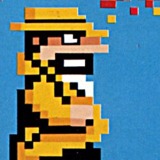







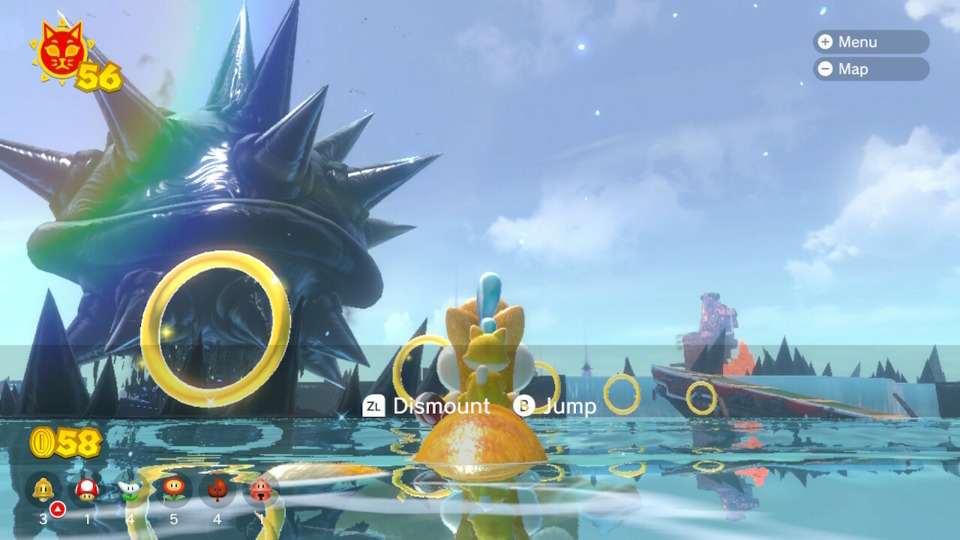
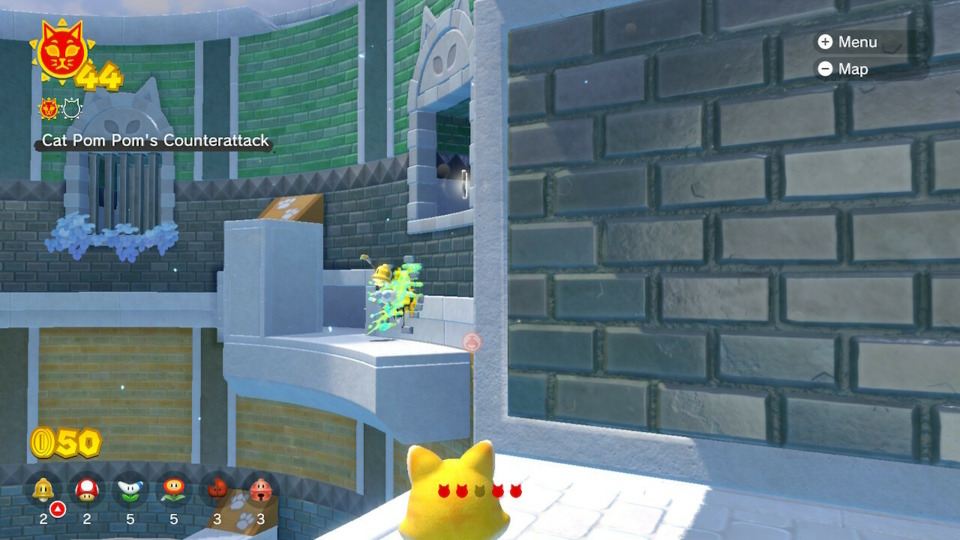
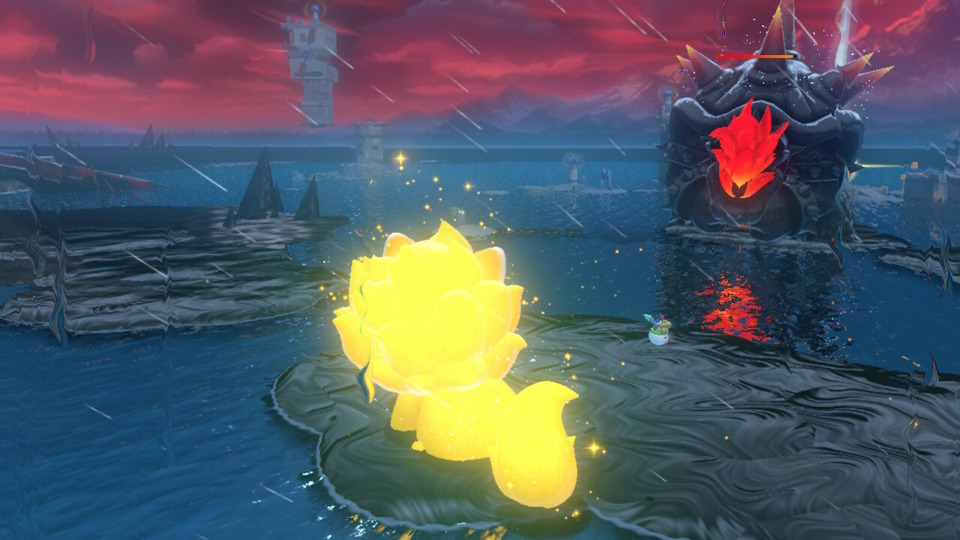
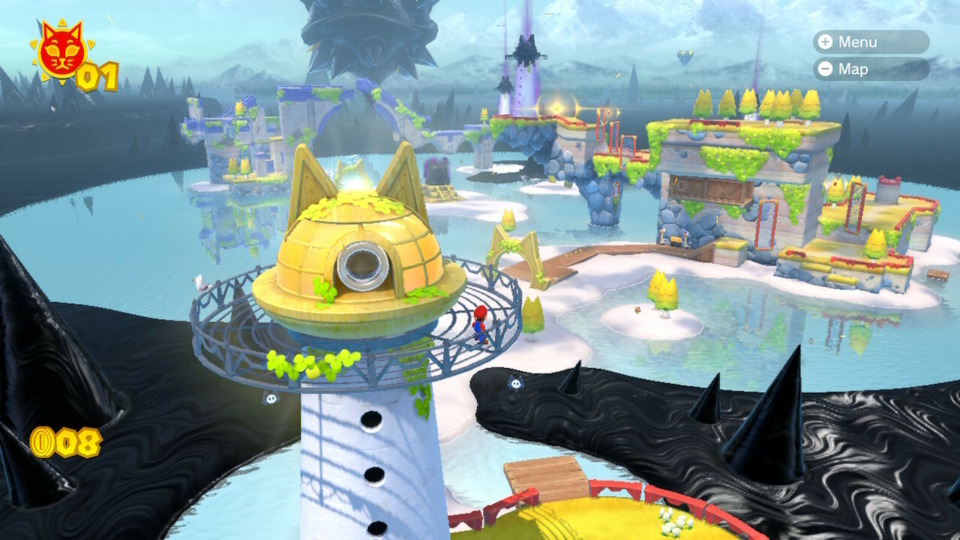
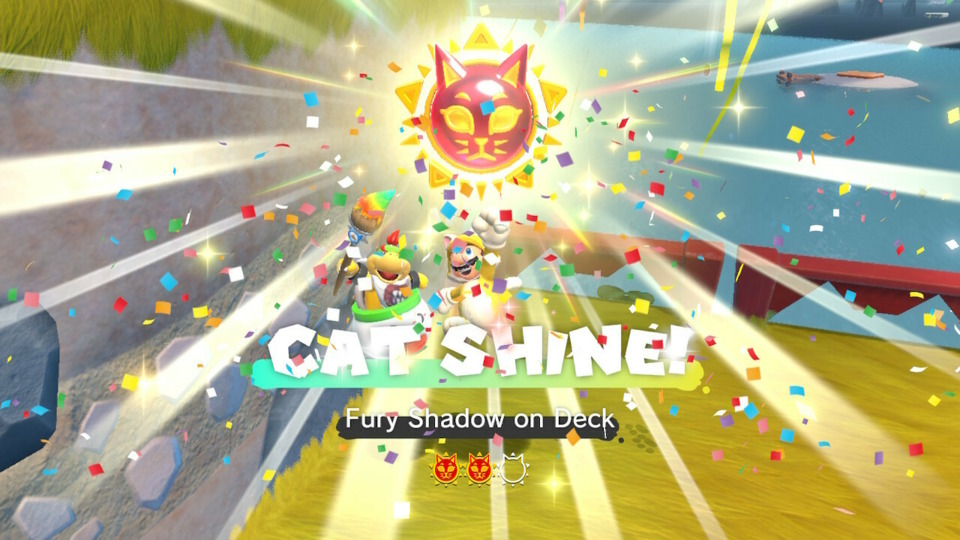
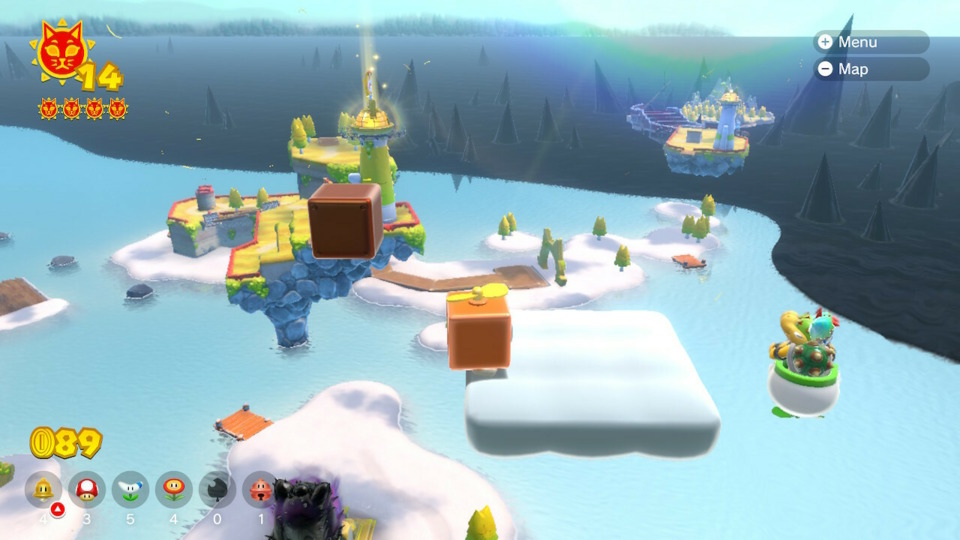
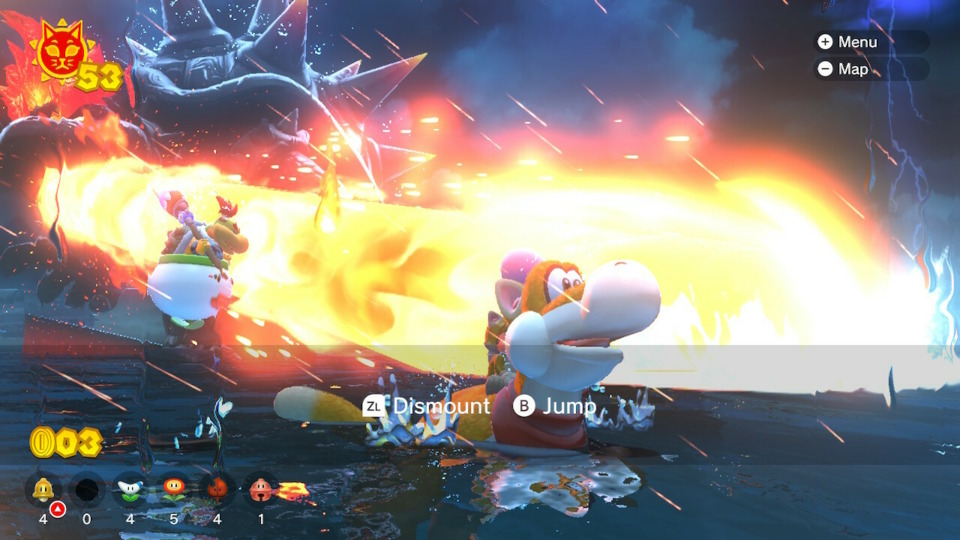
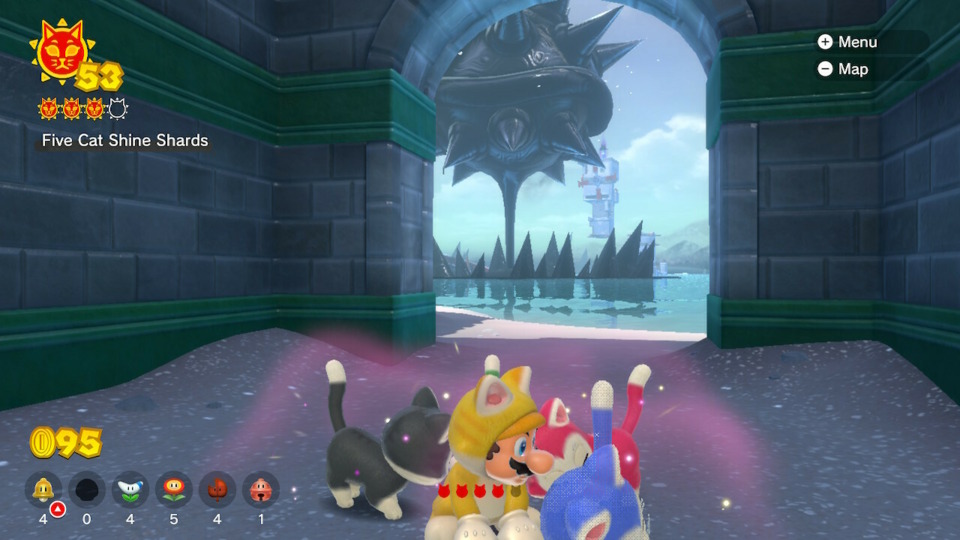
Log in to comment